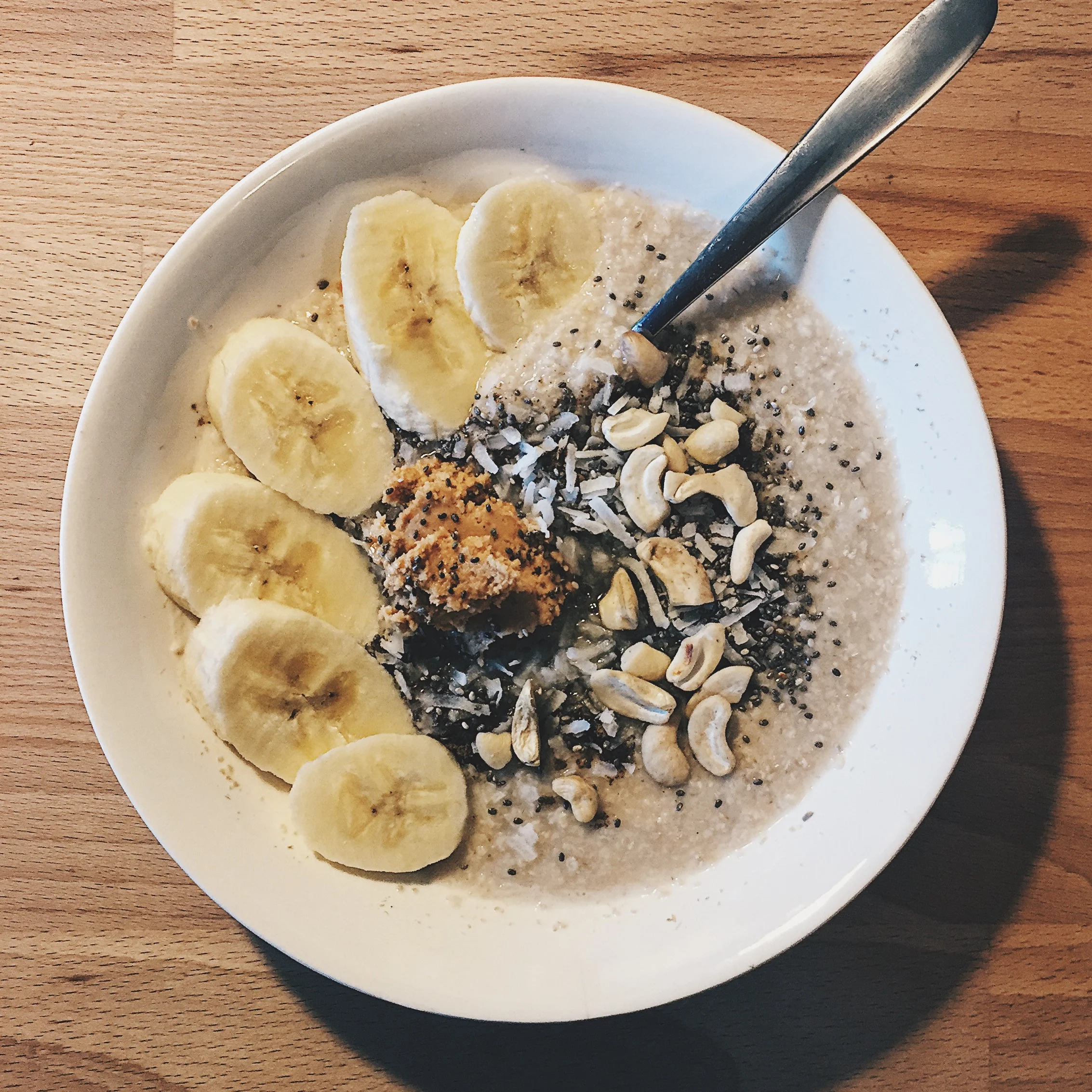The events over the last week have been quite a challenge for many of us. Hurricane Irma pushed through Central Florida and left in her wake, a number of different challenges for each of us. Our bodies and minds have been in flight or fight mode for some time now, and getting our lives back together and getting back to normal may take some time. Know there is comfort in these stormy times.
It is important to practice more yoga during challenging times. Just coming to the studio can uplift your spirits, energize your sense of community, and prepare you for the challenges outside the studio walls. Practicing with a community that shares your exhaustion and your new-found challenges can empower you to go stronger and more willing to tackle those challenges. Now, more than ever, is a time to embrace the lessons you experience on the mat and bring them into your daily life.
True North: On the mat, you experience True North when you ground down your feet into the earth, stand tall, relax your shoulders, and pull in the pit of your belly. When you’re in True North on the mat, you feel powerful, energetic, and at ease. Practice True North as much as you can when you’re off the mat as well. If you find yourself in a moment of challenge or frustration, ground yourself, send your focus to your feet, your belly, and your spine. Sometimes, it is just that simple; you can reconnect to your peace and power by just stopping in the moment and regaining True North.
Breath: Focusing on your breath is integral on the mat, yet it is also comforting and peaceful to practice ujjayi breath when you face any challenge. Your breath is the center for calm and peace. It slows down your heart rate and cleanses the storm in your brain. When moments feel overwhelming, reconnect to your breath. It will refresh you, calm you, and settle your frustration.
Meditation: Taking just a few moments a day to meditate can help bring daily peace and comfort. During meditation, you can turn-off thinking about all you must do, the people you need to call, and all the work that needs to get done. You can regain focus, clear your mind of troubling thoughts, and re-center your actions for the rest of the day. In stormy times, give yourself permission to take this time for yourself. Your mind will calm and the body will follow.
You can also find peace in connecting your thoughts and deeds according to the 8 Limbs of Yoga; focus as you face challenges with: Aparigraha, Santosha, and Svadhyaya.
Aparigraha: this limb focuses on non-greed, non-hoarding and focuses on generosity in spirit and action. One can interpret this in many ways, yet in challenging times, you can be the lighthouse and shine your light on others by being generous with your time and your resources. Accept only what you need; be abundant in your energy and spirit for helping others. In addition, you can also be generous with yourself by creating “you” time. Do something you love, listen to music, spend time with friends, practice yoga.
Santosha: this limb focuses on contentment, willingness to accept what is, and gratitude. It is easy to focus on how difficult it is right now. Yet, be willing to accept what is, share gratitude with yourself and your community.
Svadhyaya: this limb is about self-study and the ability for you to reflect and grow. We often grow the most during challenging times. We share experiences, we learn, we embrace our challenges and those of others. Take time to reconnect to yoga, face challenge with intensity and ease; grow in mind and spirit.
























